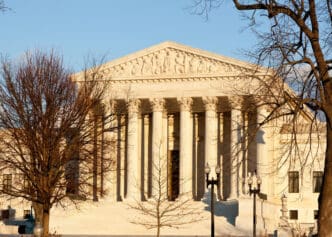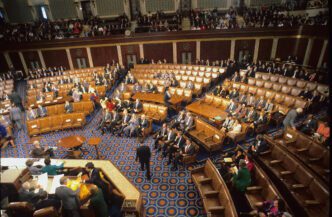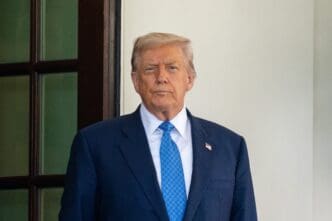Executive Summary
The Story So Far
Why This Matters
Who Thinks What?
The Supreme Court announced Monday it will hear an expedited appeal concerning President Donald Trump’s authority to remove members of independent federal agencies, a move that could overturn a Roosevelt-era precedent limiting presidential power over such bodies. The high court will assess whether Trump acted lawfully in his efforts to exert greater control over agencies like the Federal Trade Commission (FTC) by dismissing their leadership.
Background to the Challenge
Since retaking power in February, Trump has sought to alter a decades-old system that grants some government agencies a degree of independence, allowing them to operate without direct political interference. The core question before the court is whether it should revoke a 1935 precedent that permitted Congress to safeguard these independent agencies from the discretion of the White House.
Interim Decision and Dissent
In the interim, pending a final decision on the case, the court stated that Rebecca Kelly Slaughter, who has served on the Federal Trade Commission since 2018, could be temporarily removed from her position. This temporary removal faced strong opposition from the court’s three liberal justices – Sonia Sotomayor, Elena Kagan, and Ketanji Brown Jackson – who dissented from the decision.
Justice Kagan, in her dissent, suggested the majority “may be raring” to invalidate congressional requirements for cause-based removal. She argued that the 1935 precedent should still apply until formally overturned. Kagan criticized the use of the court’s emergency docket, stating it “should never be used…to permit what our own precedent bars,” and further, “it should not be used…to transfer government authority from Congress to the president, and thus to reshape the nation’s separation of powers.”
Next Steps
The Supreme Court is scheduled to hear arguments in the case in December. The outcome is expected to have significant implications for the balance of power between the executive branch and independent federal agencies.








